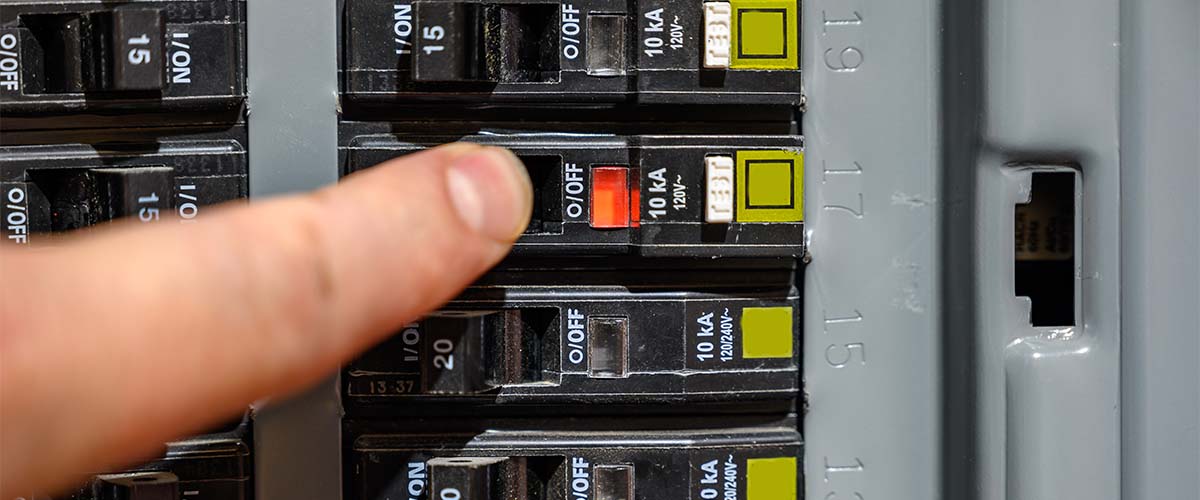You’re sweating, the vents are whispering nothing, and the thermostat has that stubborn look, as if it knows better than you. I’ve been there—came home one July afternoon, groceries sweating right along with me, and the AC not working. The house held that heavy, damp air that clings to your shirt. Before you panic or call for a service visit, let’s walk through the causes of your AC not working and how to reset the unit. A lot of “ac not working, how to reset” calls end up being a simple fix. And if it’s not simple, you’ll still know what to say when you do call for help. Remember, you’ve got this.
Understanding the Problem
Your AC unit typically reacts to an issue when it doesn’t work correctly, such as a safety switch, a tripped breaker, or a malfunctioning control board. Think of it like a car not starting after the alarm goes off. In many cases, an AC reset can help. Common triggers include a clogged filter that restricts airflow, a full condensate drain pan that activates a safety switch, or outdoor coils coated with debris such as fuzz and pollen. Sometimes the thermostat gets bumped to “Heat” or “Fan On,” and the house warms up while the blower pushes room-temperature air.
Listen first. Do you hear the indoor blower but not the outdoor fan? Smell anything hot or electrical? Is the copper line at the outdoor unit frosty or dripping with ice? When you carefully touch the larger insulated line, it should be cool when running right. The smaller bare copper line should feel warm. If everything is quiet, your system might have shut itself down to protect the compressor. An AC reset, done correctly, allows pressures to equalize and the controls to wake up without protest.
Quick Fixes to Try First If Your AC is Not Working
Start with the thermostat. Set it to Cool, Fan to Auto, and drop the target temperature by 3–4 degrees. If you’ve got battery power, swap in fresh batteries. Now, turn the thermostat off for an AC reset.
Head to your electrical panel. Find the breakers labeled Air Handler/Furnace and Condenser/AC. Flip both entirely off, pause for five minutes, then turn them back on. This will allow the refrigerant pressure to settle and any control board capacitors to discharge. While you wait, check your return filter. If it’s gray and furry, replace it. I once pulled a filter that looked like a felt blanket and the system came back to life once it could breathe again.
Inspect the indoor unit’s drain pan if it’s located in the attic or closet. If you see water and a little float switch perched on the edge, that switch may have shut the system down. Clear the drain line if possible. Removing the cap on the PVC tee and pouring in a cup of white vinegar helps break up the slime. Outside, look through the top of the condenser to check for leaves or a bird’s nest that may be blocking the fan. Clear debris and maintain a two-foot clearance around it.
After five minutes, power the breakers back on, then turn the thermostat to Cool. Give it 10 minutes. You should hear the outdoor unit click, then hum, and feel cool air from the vents. If it trips again or stays silent, stop there—don’t keep flipping breakers.
Prevention and Maintenance
A little attention keeps emergency heat at bay and stops summer power bills from climbing. Change your filter every 30–60 days during heavy use. If you have pets or live near a dusty road, monthly is a wise choice. I prefer the pleated MERV 8–10 type; a MERV rating that is too high can suffocate older blowers.
Keep the outdoor unit clean. After killing the power at the disconnect, gently hose the condenser coil from the inside out to clear pollen and clippings. No pressure washer—those fins bend like foil. Keep shrubs trimmed at least two feet away so the unit can pull in air. You’ll hear a smoother, less strained hum when it’s happy.
Once in a spring, flush the condensate line: pour a cup of vinegar or a small amount of enzyme cleaner into the capped T-fitting on the indoor drain line. Here in Milledgeville, Georgia, humidity breeds algae, and that slime will trip the float switch on the muggiest afternoon. Inside, vacuum your return grilles, and make sure supply vents aren’t blocked by rugs or furniture. If you’re up for it, remove the thermostat faceplate and gently secure any loose low-voltage wires—take a photo first so you know which wires go where.
When You Need Professional Help
Call a professional if the breaker trips after resetting the AC. That’s often a shorted compressor, a seized fan motor, or a failing capacitor that’s pulling too much current. If you smell burning, hear a loud metallic rattle, or see ice on the refrigerant lines or the indoor coil, cut power and stop. Ice looks dramatic, but it also means the system is starving for airflow or refrigerant; forcing it can damage the compressor.
Short cycling—starting and stopping every minute or two—is another red flag. So is water dripping through a ceiling, hot air from the vents when cooling is selected, or a thermostat that goes blank. A technician will check capacitor values in microfarads, measure motor amperage, read refrigerant pressures and temperatures, and verify the charge by superheat/subcooling, rather than relying on guesswork. If your system is more than 12–15 years old and repairs are accumulating, request a repair-versus-replace comparison with actual operating cost estimates. And when you schedule, share what you did: “I reset both breakers, changed the filter, cleared the drain, still trips.” That saves time and money.
Common Questions
Is there a reset button on my AC?
Sometimes. Some outdoor units have a high-pressure reset, typically a small red button located near the refrigerant lines under a panel. Only press it once after clearing airflow issues.
How long should I wait after turning off the AC unit to reset it?
Five minutes is ideal. That allows internal pressures to equalize, so the compressor can restart without locking out.
Should I run “Fan On” if it’s not cooling?
Use Fan Auto. Fan On can melt ice faster if you are frozen, but it also warms the house and can worsen humidity.
Why does the breaker keep tripping?
Typically, the issue is a failing capacitor or motor, a shorted wire, or a compressor drawing too many amps. Repeated trips mean stop and call a tech—don’t keep resetting.



